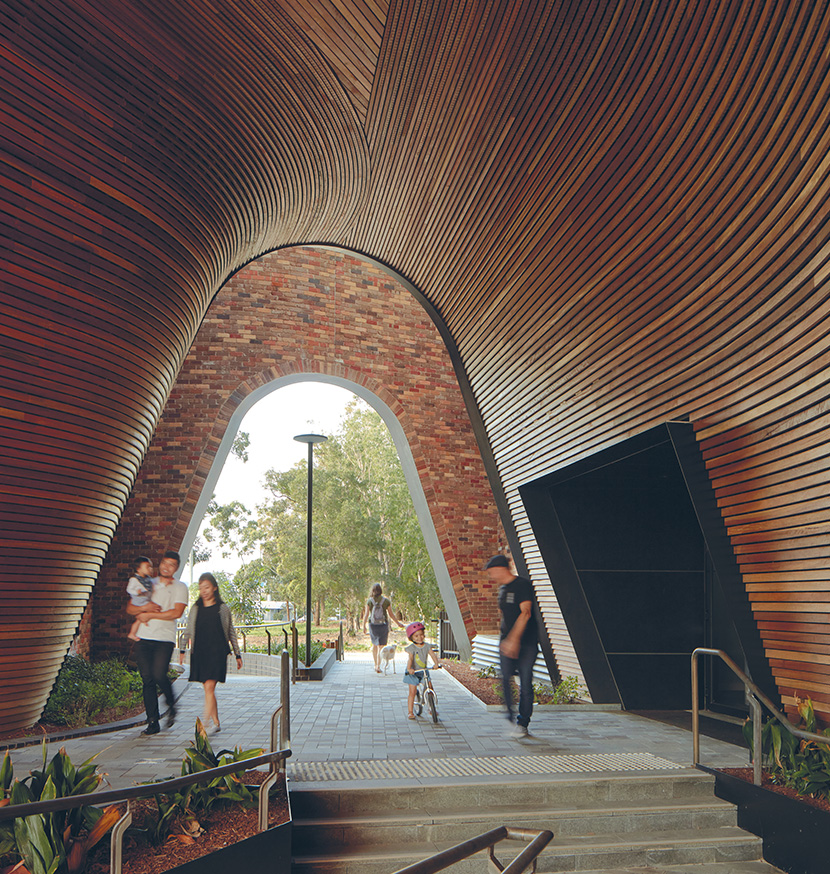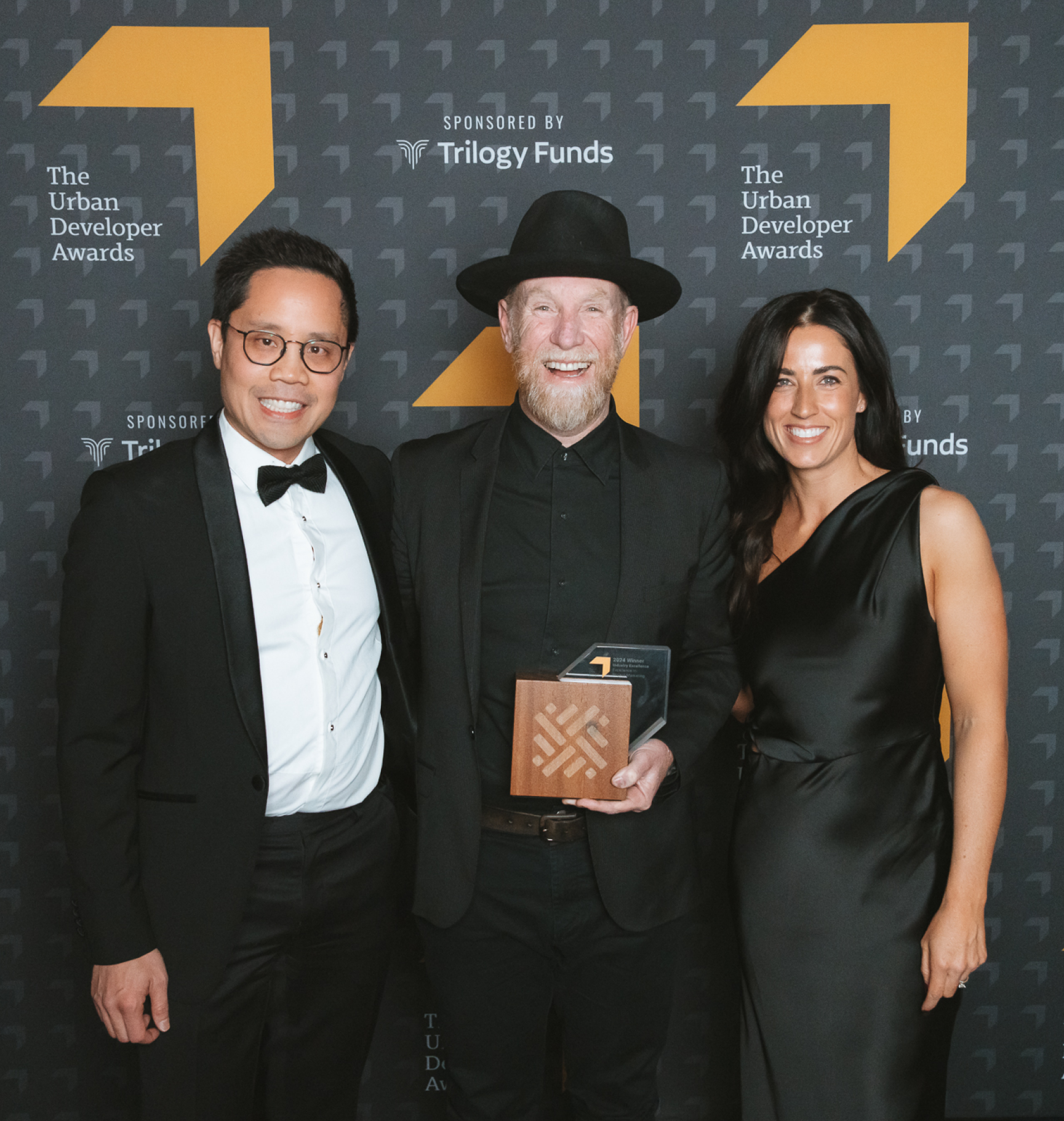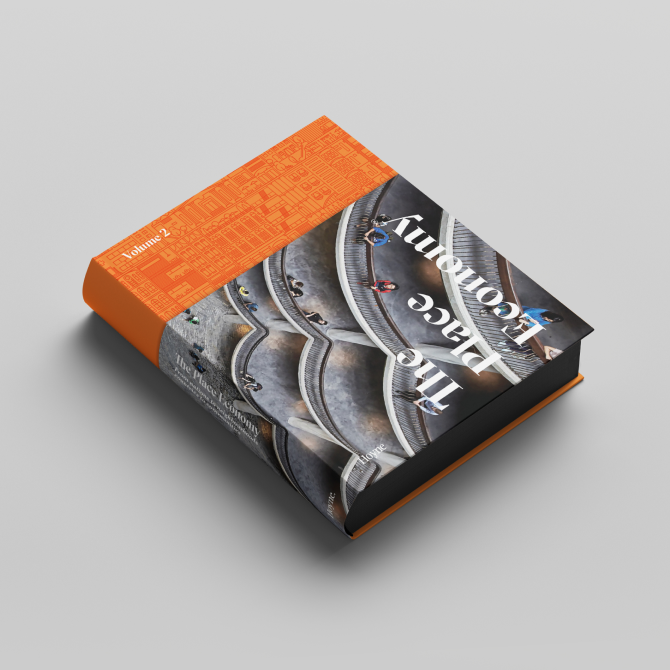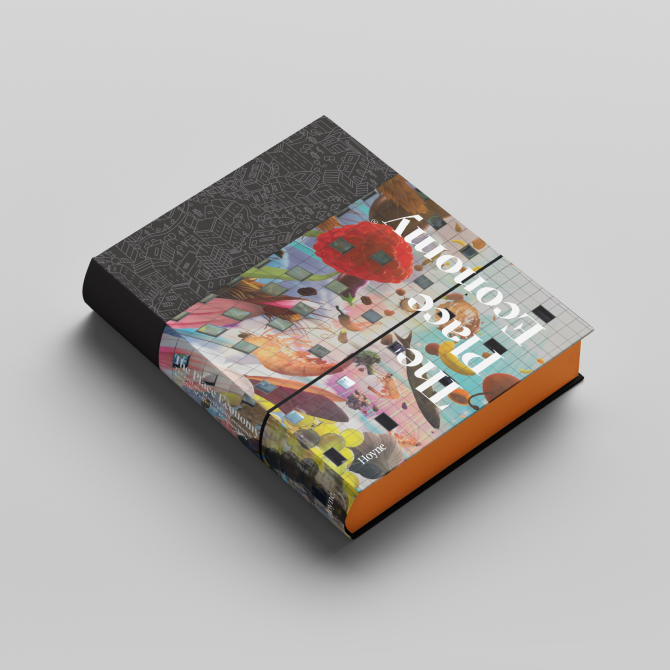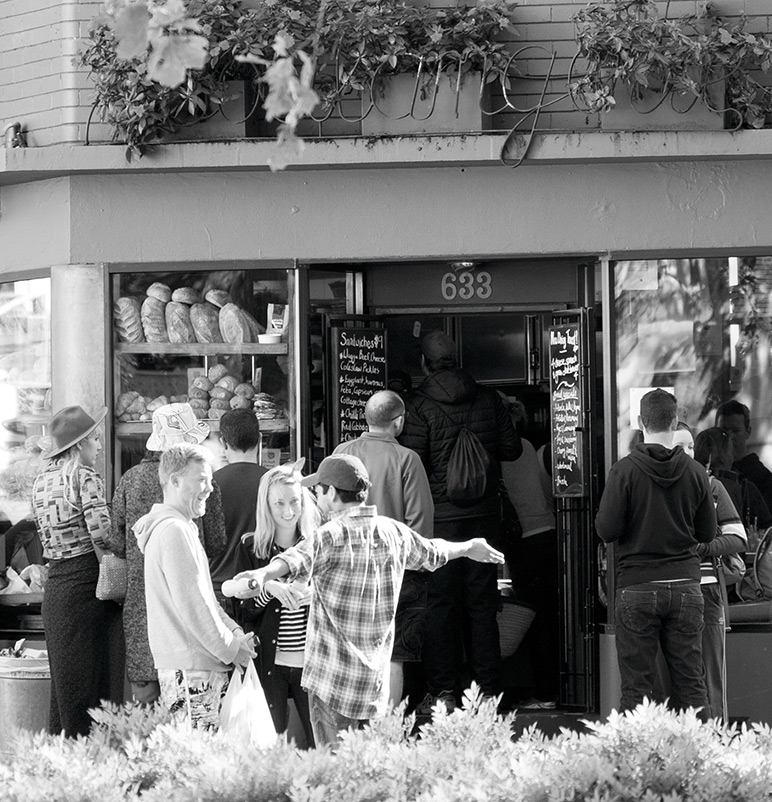
Positive Placemaking: Urban Community Resilience
This week in our #PositivePlacemaking series: Higher density, inner city communities have come together in such a positive ways during this time of corona-lockdown. But what does that look like and how do you ensure you get it right when creating new inner city communities from scratch?
Higher density, inner city living has shown itself to have some incredibly positive qualities during the time of corona-lockdown. In my own suburb of Surry Hills, I’ve noticed people checking in on elderly neighbours more often, there has been a huge upswing in shopping locally to support nearby businesses and, in general, a stronger inclination for people to acknowledge each other, even if it’s simply to wave hello.
The coming together of people in the neighbourhood, whether they live in apartments or houses, has been extraordinary and I suspect many in our society previously felt this kind of camaraderie had died out long ago.
Undoubtedly there are some people living in small apartments who are currently craving a balcony or a backyard of any size. Even terrace home dwellers will be finding themselves crying out for a bit more space. This will all have an influence on what we think is reasonable to expect within our homes. It will be interesting to see the impact the pandemic has on our expectations of urban property development from hereon.
At a simple level, the space allocated to cars will come into question. I’ve seen many backyards that previously had a car parked there, being reclaimed as a joyous, usable extension of the home. I bet it will take a lot to give that space back again to a hunk of metal. With many inner city residents already sensitive to climate issues, car ownership has just taken another hit, and will surely decline. This creates opportunities for developers to creatively reimagine spaces once gobbled up by garages or parking areas – to instead enable residents to grow edible plants, pursue hobbies, and even build up their abs.
While some of the communal spaces in apartment buildings were labelled out of bounds at the height of the pandemic, there are countless stories of neighbours reaching out and connecting with each other in more ways than they did previously. This recent experience is a great illustration and reminder to us all of what builds community cohesion. So, while a games room or on-site gym adds value for some residents in a tower, it’s the meeting, talking, sharing food, letting your kids play together, and the sharing of stories, which represents a vertical village in the truest sense.
In Volume Two of The Place Economy we looked at two case studies that embodied community building at its best.
The first thing the developers of Via6 in Seattle did was recruit a high profile bicycle retailer and repair business to occupy about 20 per cent of the ground floor. The second factor for this retail curation solution, was to bring in a well-known restaurateur. However, instead of taking a traditional approach, the developer insisted the layout of the eatery required people to walk through the restaurant to get to the lifts. This arrangement created an immediate social busy-ness in the building. The third component was a small cinema with programmed viewing from sports to movies, as a way to uncover and support common interests. This resulted in friendships and even the off marriage! Everything was backed up with lots of events and communications so it was easier for each tribe to recognise each other and connect.
At 50 Albert in Melbourne the developers made the radical decision to keep the rooftop for the entire community instead of slicing it off for lucrative penthouse apartments. The number of social events in this building has to be seen to be believed. Dedicated attention by building management when it came to initiating events and finding shared interests between residents has evolved to residents enthusiastically building their own bonds. The monthly drinks sessions on the roof attracts residents and friends alike while 50 Albert’s dining club has grown to almost unwieldy dimensions.
To my mind these are high density success stories. These are resilient communities who will cope with the pandemic better than others. And guess what? These buildings also perform better commercially compared to others in their areas. That’s not a coincidence. That’s placemaking.
by Andrew Hoyne
Back